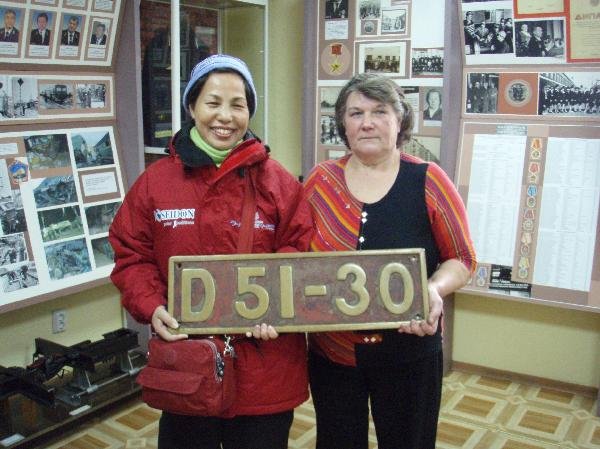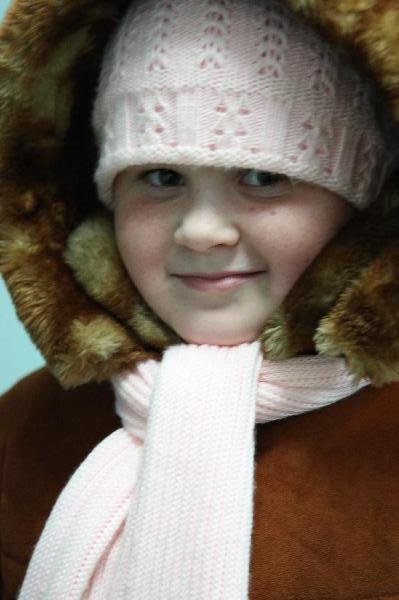Russian Federation Sakhalin Island (Sakhalin) _ Yuzhno-Sakhalinsk
- Saturday, January 19 2008 @ 01:55 PM JST
- Contributed by: tetujin60
- Views: 5,995

Railroad history slideshow
Click here to start the art school slide show
Children visiting the State Museum
Even tanks and fighters are on display
Exhibited inside the State Museum of Local History
Natasha and Kokubo
The store also sells pig heads
Buffet style restaurant
Calculate with abacus in a small store
Fried Curly fish
Calculate with abacus in a small store
Salted salmon roe
Curly fish
Piroshki
Fried noodles
Japanese restaurant sashimi
A store that sells lactic acid beverages
New supermarket
In front of Yuzhno Sakhalinsk station
Street vendor in front of the station
Truck vegetable shop
Sell piroshki in the open air
Nanny ski
Nanny ski I named
Church
Kotetsu seeing graffiti
Russian Orthodox Church in Yuzhno-Sakhalin
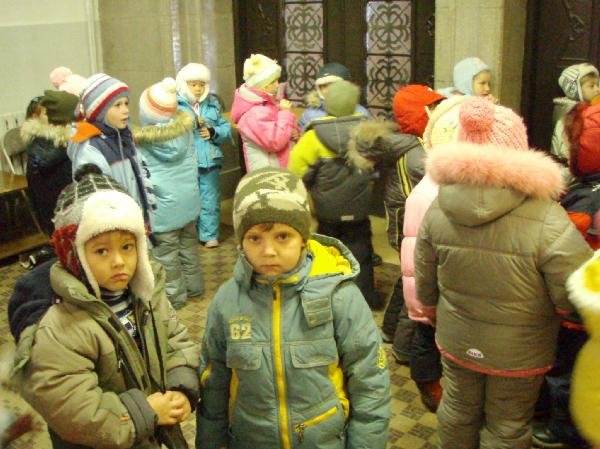
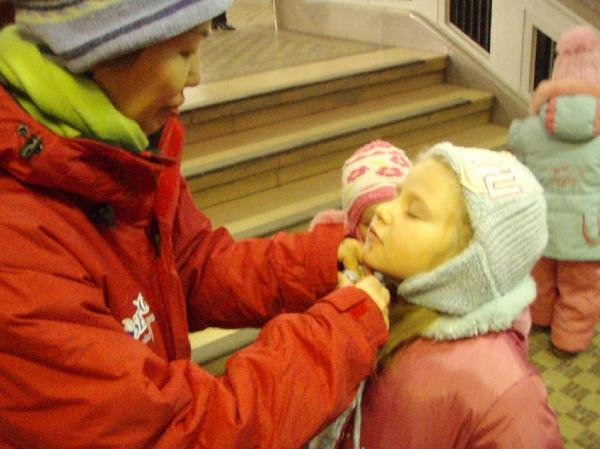

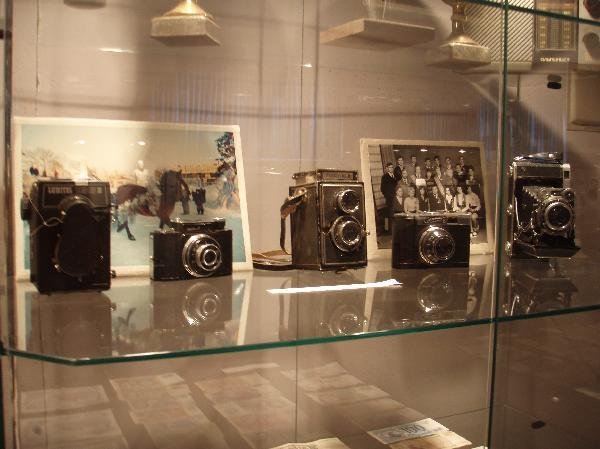
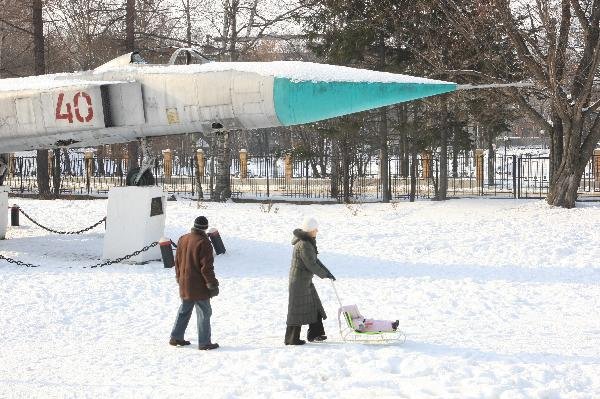
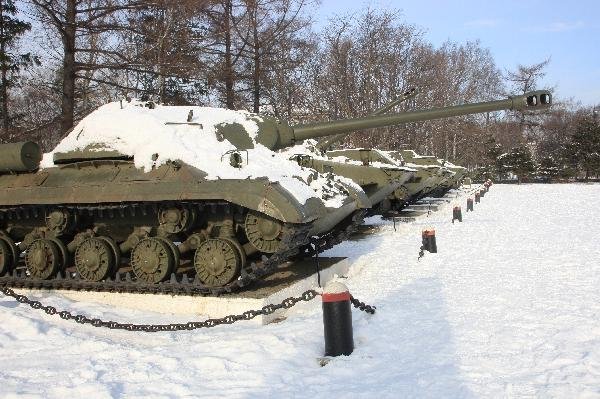
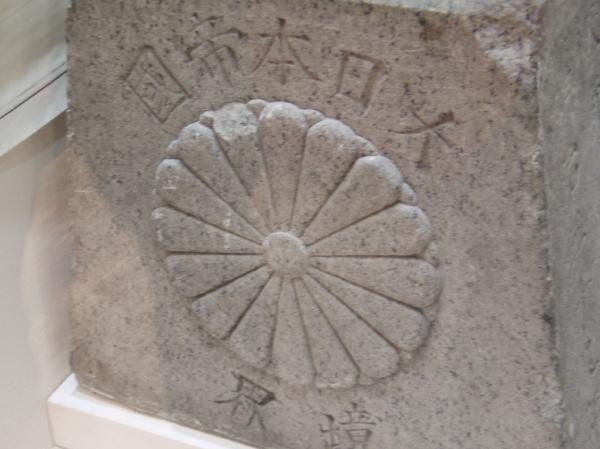
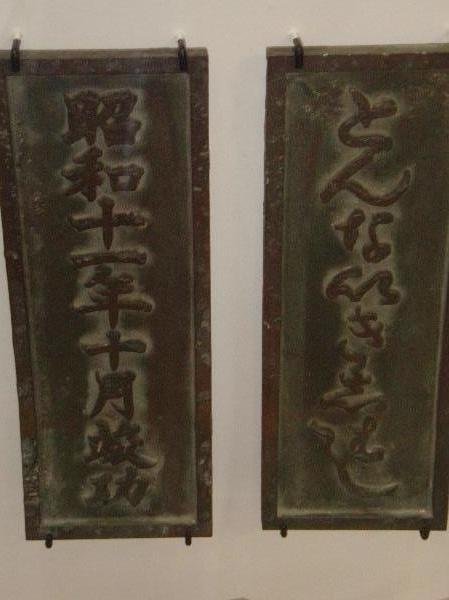
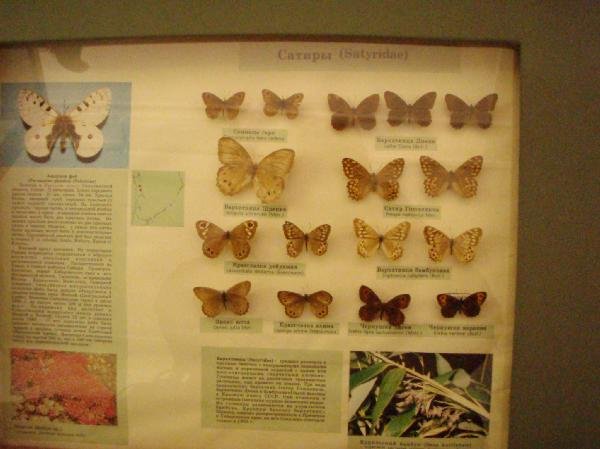
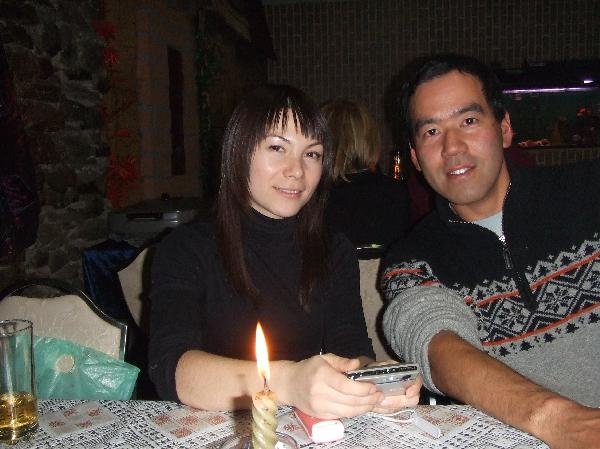
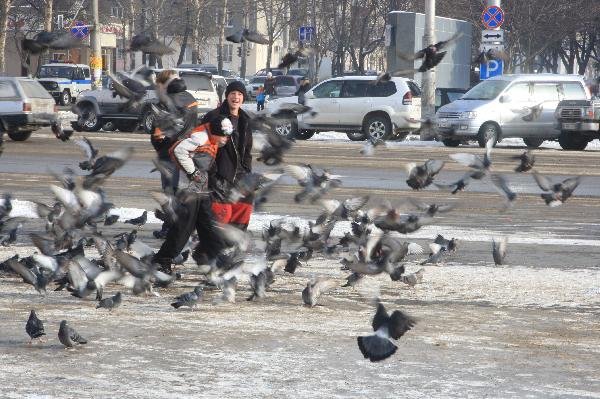
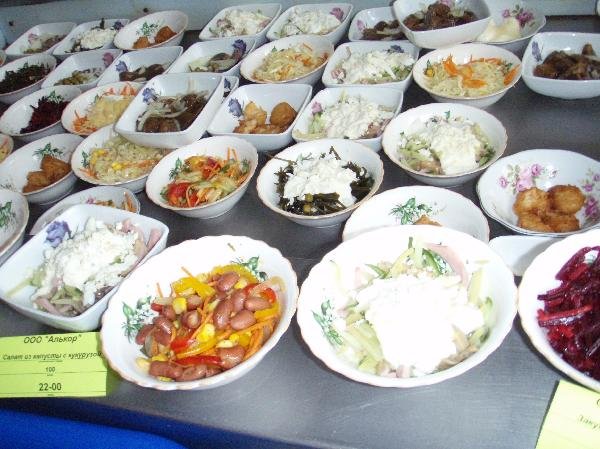
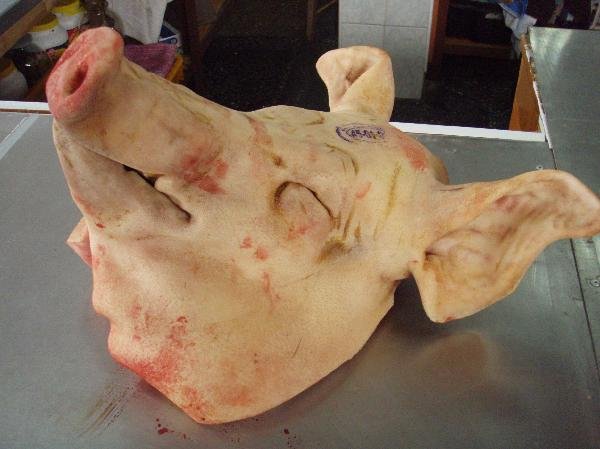
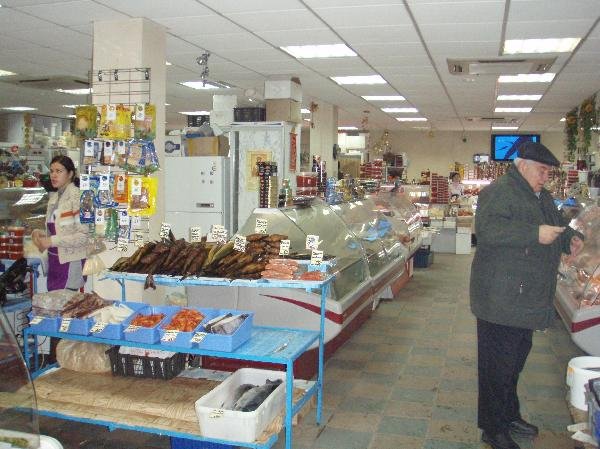
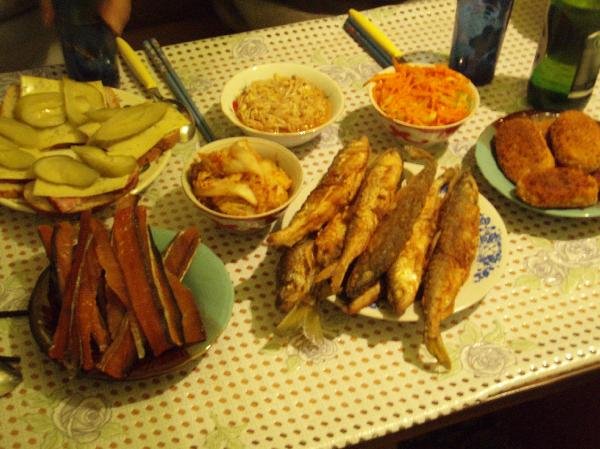
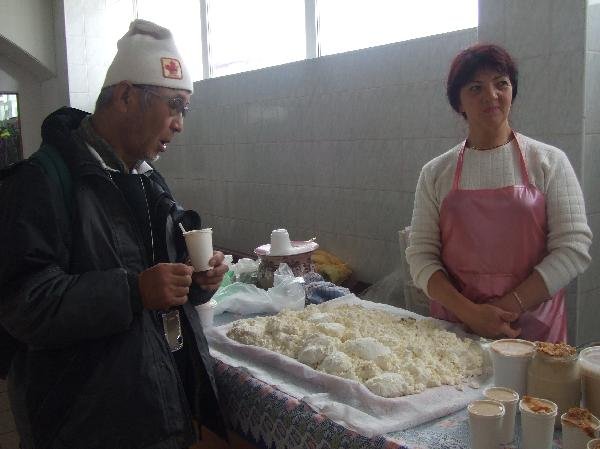
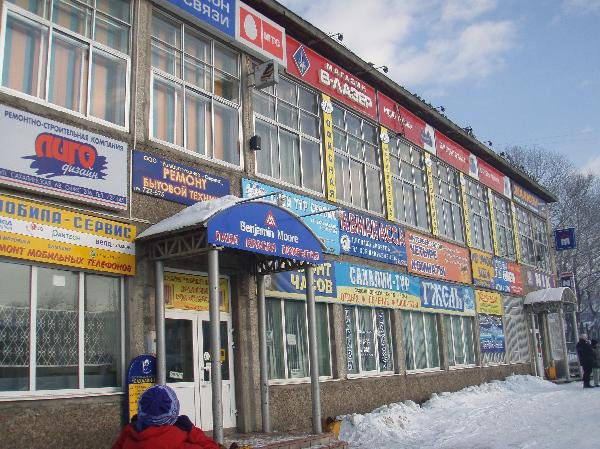
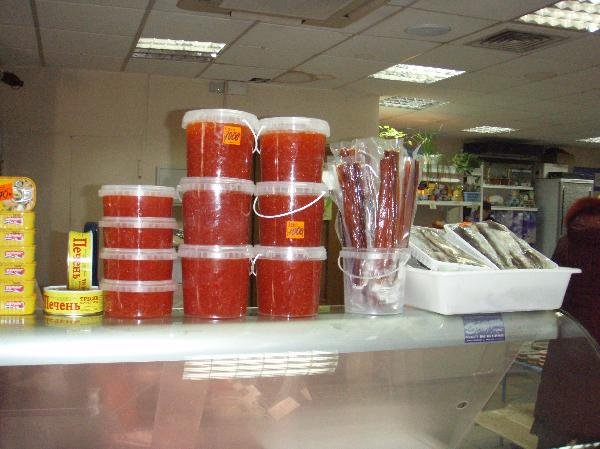
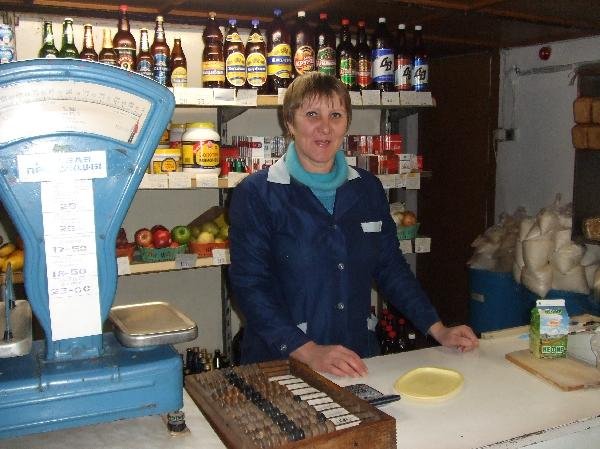


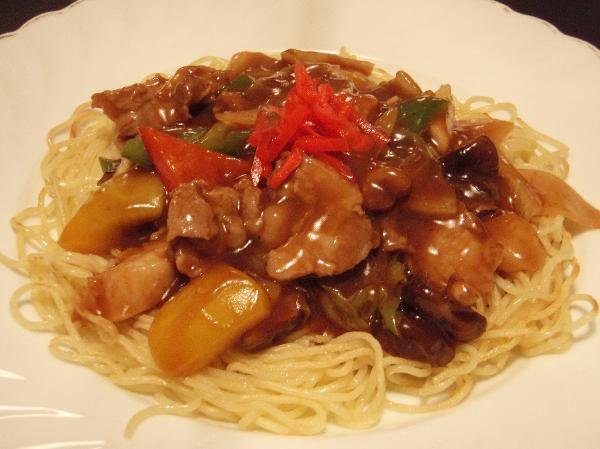
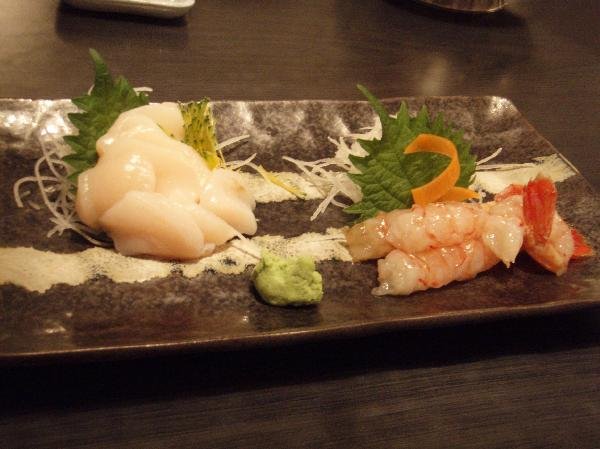
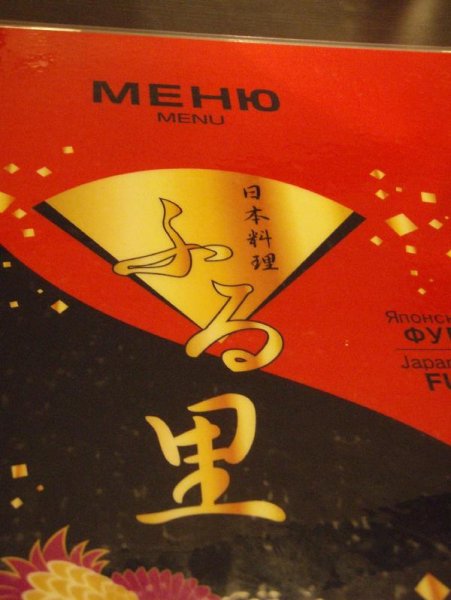
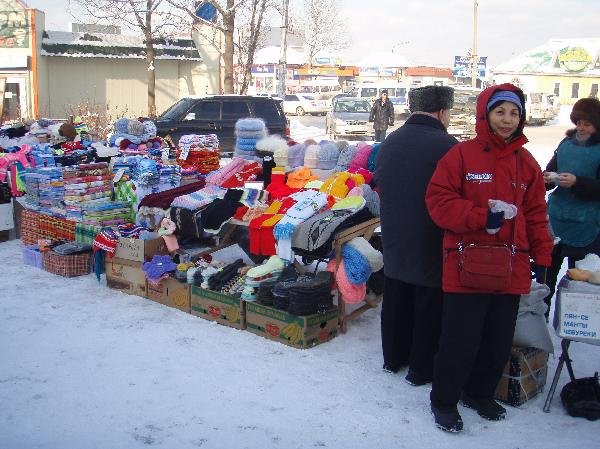
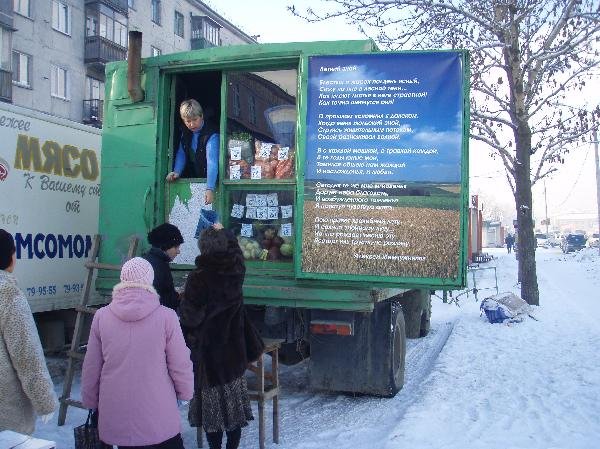
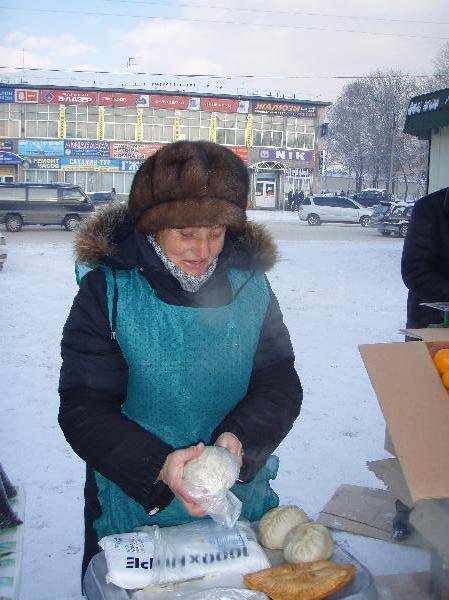
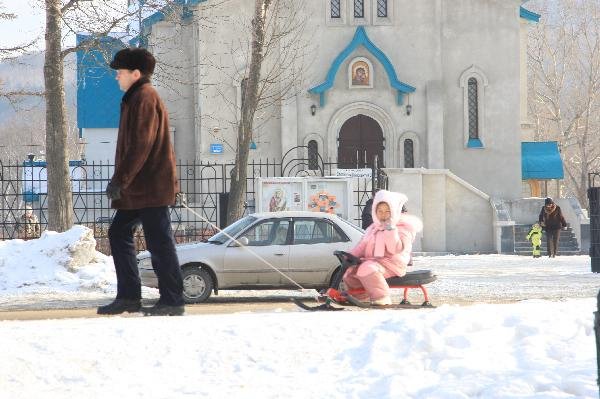
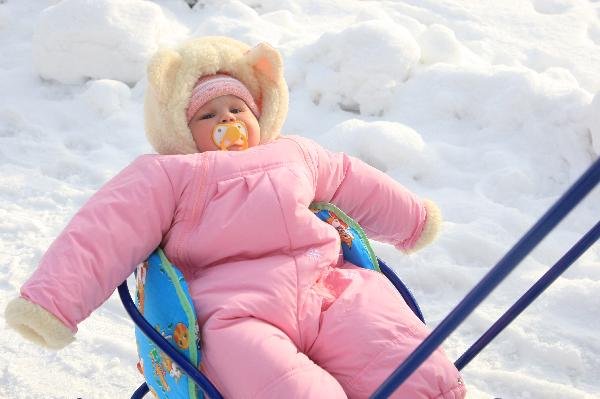
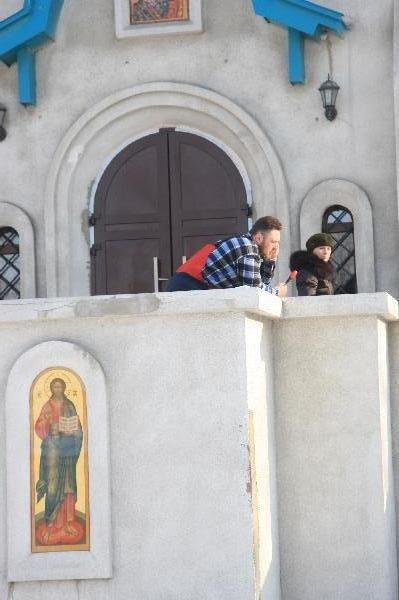

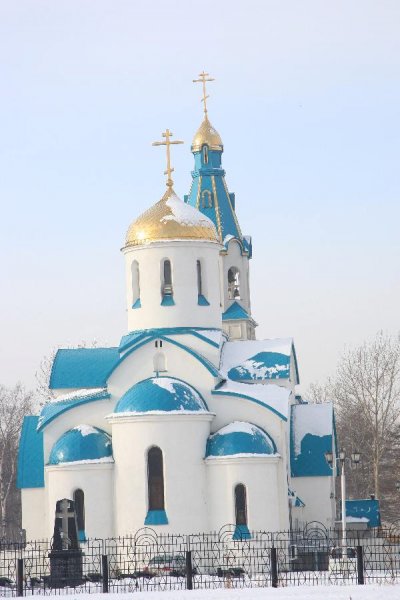
This town was named "Toyohara" in the Japanese era
and is modeled after Sapporo.
The streets are tidy from east to west.
If I was thinking "I saw a town somewhere",
it would be Sapporo.
Japanese-era buildings It became a state museum of local history
and tells the story of the time.
Her husband, Sergei (52), is Russian.
He was also a collector of Japanese tableware during the Sakhalin era
and was an "archaeologist during the Zoku-Jomon era."
I had dinner with his eldest daughter,
Natasha, at a Japanese restaurant in Yuzhno-Sakhalinsk.
The smart "Natasha" (27)
dreams of studying in Japan.
If she thinks that Japanese blood is flowing,
she feels a familiarity that cannot be thought of as another person.
Mr.Svater was born in Sakhalin and raised in Sakhalin.
Although her parents are Japanese, she doesn't understand Japanese at all.
Raised with 10 siblings, he returned to Hakodate once every two years.
To Wakkanai, Sapporo, Tokyo once every two years.
Japanese people living in Sakhalin are also returning home.
The rice cooker that we are proud of brought back from Japan, the rice is from Korea.
The taste is a little core.
I am very happy to be interested in Japanese customs
when I teach them how to wash them.
The fish in winter is "Curly fish".
It's a big spelt and contains fish eggs.
I got the fried food at the house of Mr."Sbeta" (47)
in Tymovskoe The smell of cucumber is faint.
The body is well oiled and delicious.
Besides, it also contains plenty of fish eggs.
Seasonal food is delicious no matter where you go.
Mr.Wajima (Aomori), who works for a Japanese trading company in Sakhalin,
has lived in Sakhalin for two and a half years.
Enjoy the cold winter with "Japanese food" and "vodka"
Fishing is popular in the summer,
and the phantom salmon "Ito" is a big catch.
Many Russians also like fishing.
All-you-can-eat cheap and delicious salmon roe in September.
After the season, it will be salted and the price will jump.
I didn't know that "Ikura" was Russian.
The town is full of cars and Japanese cars are also very popular.
The only leg of the citizen is a small shared bus.
Long lines line up randomly wherever you go.
Street vendors will also be transformed
into new supermarkets and organized.
Russians lament that rising prices threaten their lives.
The capital of Sakhalin, which is being developed at a rapid pace.
Natural gas liquefaction development will soon be realized.
The number of Japanese residents exceeds 100,
and major trading companies and banks are prominently expanding.
There are four Japanese restaurants,
and Russian waitresses are dressed in unfamiliar kimonos.
The taste is ok but the price is high.
A bowl of ramen costs 1200 yen.
What impressed me especially was the stone monument on the Soviet-Japanese border,
which was placed at 50 degrees north latitude and is now sleeping in the museum.
Many Ainu and Russian minority household items are on display.
For me, who lived in the era before and after the end of the war,
my complicated feelings are overwhelming.
Click to slide show
Yuzhno-Sakhalinsk
Japanese name (Toyohara)
